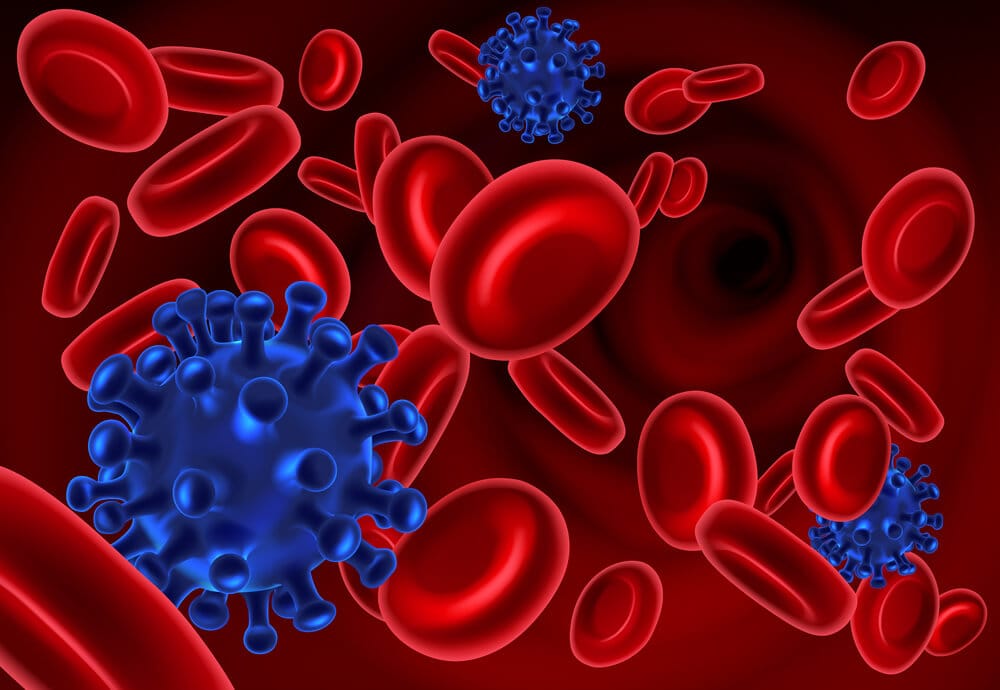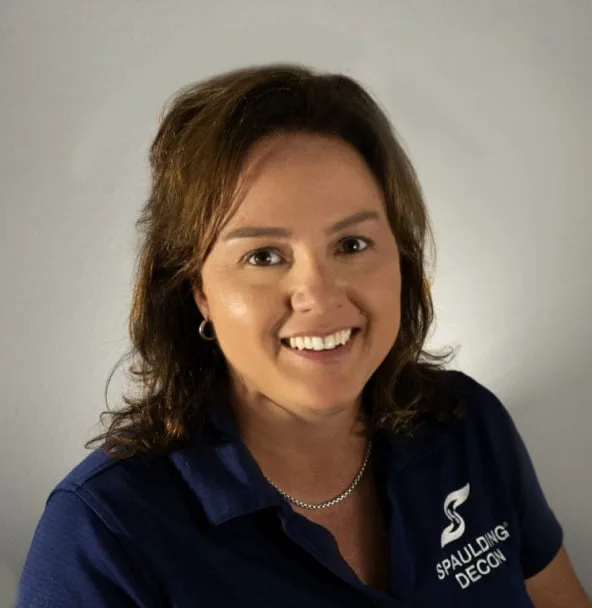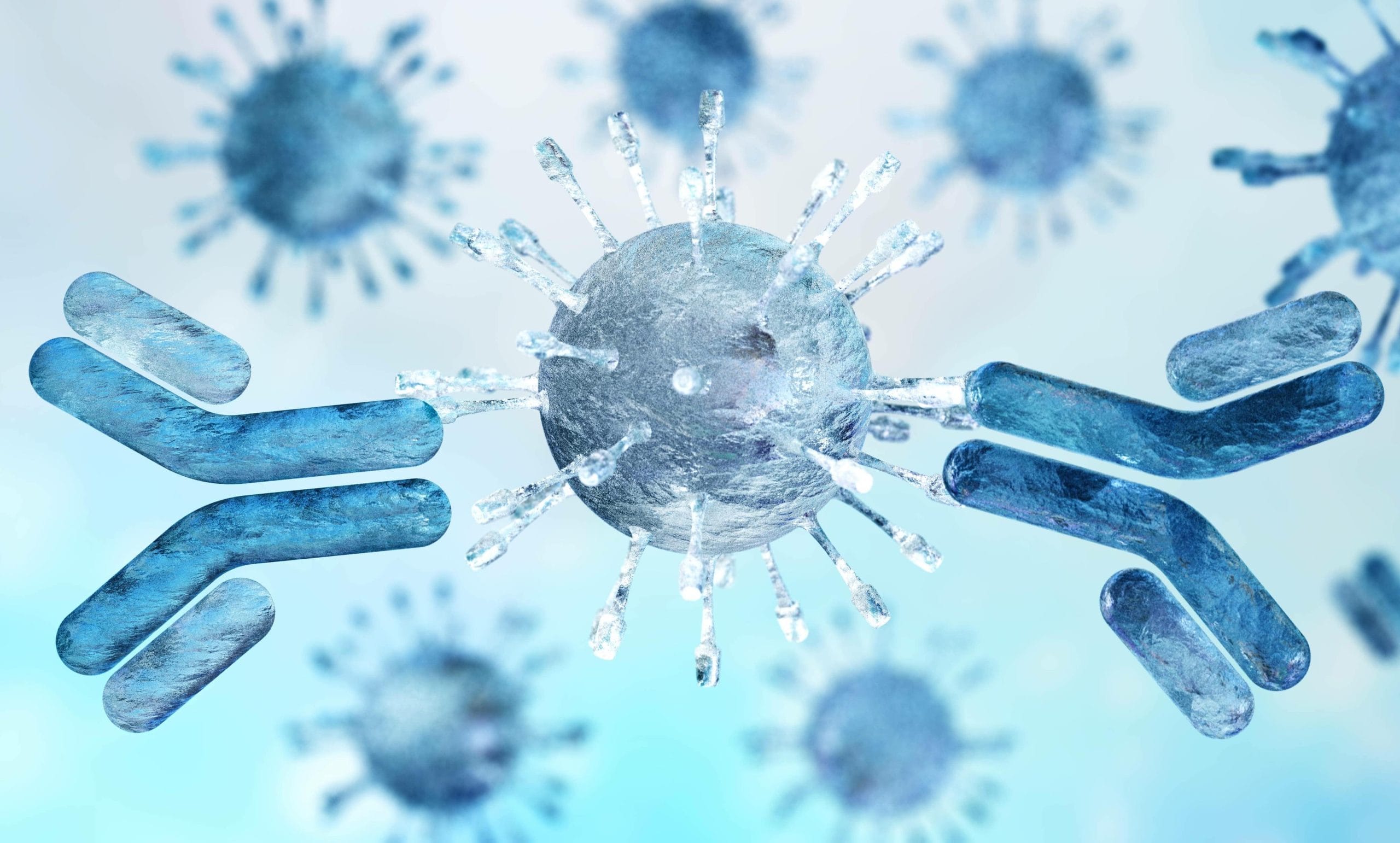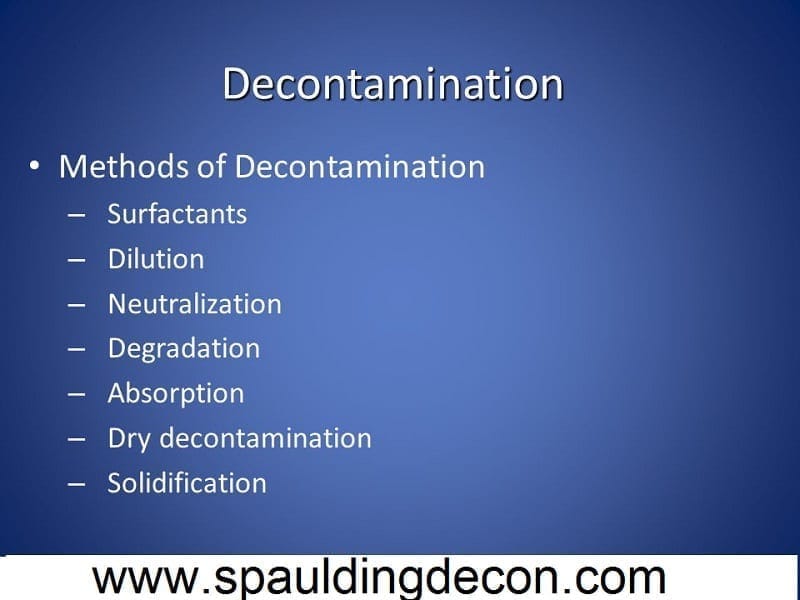Last updated: October 2025
If your home’s been exposed to C. diff, you’re not alone. And you deserve clear, judgment-free help. Below is a practical plan you can follow at your own pace. We’ll cover what C. diff is, how it spreads, what actually kills it, and when do-it-yourself (DIY) isn’t the safest path. Here at Spaulding Decon, we work discreetly and with compassion as we truly respect the story of every life.
Quick Start: The Short Version for a DIY Cleanup
- Pre-clean: Remove visible soil with detergent and water.
- Disinfect: Use an EPA List K disinfectant labeled for C. diff spores. Leave it wet for the full label contact time.
- Rinse when required: If the label says to rinse (e.g., food-contact surfaces), do so.
- Laundry: Wash bedding/towels/clothes on the safest hottest setting. Use bleach if the fabric allows. Wash hands after handling.
- Hands: Prefer soap and water over alcohol gel for C. diff.
Clean safely: Wear disposable gloves, ventilate rooms, never mix cleaners (and never mix bleach with ammonia), follow label directions, and spot-test delicate surfaces.
What Is C. diff?
Clostridioides difficile infection, also known as Clostridium difficile infection or C. diff, is a dangerous bacterium that can cause severe diarrhea and colitis while inflaming the colon. It can also have other life-threatening symptoms. Outside the body, it forms spores that, in a protective state, let it survive on surfaces for months (and sometimes longer). Those spores are tough. They need the right disinfectant and the right contact time to inactivate.
Wondering how it spreads? C. diff is spread through contact with contaminated surfaces, soil, air, water, processed meats, food, human or animal feces, or when infected individuals do not wash their hands. It is often prevalent in healthcare/nursing settings and, according to the CDC, is estimated to cause almost half a million infections in the United States each year.
The Centers for Disease Control classify C. diff as an urgent threat because of how common it is and how easily it is spread from person to person.
How C. diff Spreads at Home
C. diff leaves the body in feces. If bathrooms, hands, or high-touch items get contaminated, spores can travel around the home. The strain of bacterium has become resistant to many common antibiotics and even cleaners. However, there’s good news: daily basics such as cleaning, disinfecting, and washing hands with soap and water can break that cycle.
What Actually Kills C. diff on Surfaces (List K + Contact Time)
Not all cleaners work on spores. Look for EPA List K products (the label will show an EPA Reg. No. and C. diff spore directions). Apply to a pre-cleaned surface and leave it wet for the full contact time on the label. Note that the nature and longevity of the bacteria can last up to five months on inanimate objects.
That’s why it’s important to contact professionals if you aren’t sure of what to do. If you would like to take the DIY route, however, this is what you need to bear in mind. Common chemistries include bleach and certain hydrogen-peroxide/peracetic-acid formulas. But be aware that effectiveness is product- and label-specific.
How to check your product
- Find the EPA Reg. No. on the bottle.
- Confirm it appears on EPA List K for C. diff spores.
- Follow exact directions for C. diff (mixing, application, contact time, and any rinse).
Spaulding Decon offers professional disinfection and decontamination services to ensure your home is safe and thoroughly cleaned.
Worried about C. diff contamination? Let our experts handle it safely and thoroughly.
Prevention at Home: Simple Daily Habits
- Wash your hands frequently, especially after using the bathroom.
- Clean the bathrooms regularly with the proper products; hydrogen peroxide wipes have proven to be most effective against C. diff.
- Remove and dispose of any soiled materials immediately; do not try to save them.
- Avoid unnecessary use of antibiotics. These help build resistance for bacteria like C. diff.

Don’t risk your health with DIY cleaning. Call our certified team for immediate help.
Room-by-Room Plan (During Illness and for 1–2 Weeks After Symptoms Improve)
Bathroom (highest priority)
- Focus daily on: toilet seat and flush handle, sink taps, door handles, light switches, counters, and shower/tub surfaces.
- Pre-clean, use a List K disinfectant, keep the surface wet for label contact time, and rinse if required.
- Keep a lined bin for disposable wipes and gloves.
- Handwashing with soap and water every time.
Kitchen and common areas
- High-touch items: fridge and microwave handles, counters, tables, backs of chairs, door handles, railings.
- Pre-clean using List K materials, follow the correct contact time, and rinse food-contact areas if the label says so.
Electronics and small devices
- Place TV remotes in a clear plastic bag so you can wipe the bag, not the device.
- For phones/tablets, use a compatible disinfectant wipe per the device maker. Avoid saturating ports. Keep to List K where applicable for hard, non-porous cases.
Soft goods and laundry
- Wear disposable gloves to handle soiled linen
- Shake items as little as possible
- Wash on the hottest safe setting. Add bleach if fabrics allow it. Dry thoroughly.
- Clean and disinfect laundry baskets/hamper surfaces after use. Wash hands after handling.
Hand Hygiene and Personal Care (Why Soap Beats Gel)
For C. diff, soap and water is your best bet. Alcohol hand gel doesn’t reliably inactivate spores. Use gel only when you can’t get to a sink. Wash with soap and water as soon as you can. Showering can also help reduce spores on skin.
DIY vs. Professional Help: How to Make the Right Choice
DIY can work for small, contained situations when everyone in the home feels well enough to do the work. Call professionals when any of the following is true:
- You’re seeing recurring illness or multiple rooms contaminated.
- A household member is immunocompromised, elderly, or recovering from major illness.
- There’s heavy fecal contamination or you’re unsure which products are safe for certain surfaces.
If you bring us in, we work on the principle of consent-first. We move at your pace and keep you informed.
Let the Professionals Take Care of Your Biohazard Needs
If you find that your home has been exposed to a C. diff outbreak, call us immediately. Prompt cleanup is especially important to minimize the spread and damage caused to you and your family.
At Spaulding Decon, we are highly trained to handle all forms of biohazard cleanup, including C. diff. Our process includes thorough testing prior to establishing a cleanup plan, proprietary chemicals, and products to ensure the safest disinfection and cleaning of your home, and post-cleaning testing to ensure that all biohazard threats have been removed.
C. diff bacteria can linger for months. Protect your family — contact Spaulding Decon today.
Let our team of professionals answer your “how to clean my house after a C. diff infection?” question. Spaulding Decon is a name you can trust to remove all health and safety threats to you, your family, and your home that can result from a biohazard, crime scene, or even drug lab cleanup. Call us today to learn more about how we can help with all your cleanup and remediation needs!
Service Nationwide. Find a location near you »
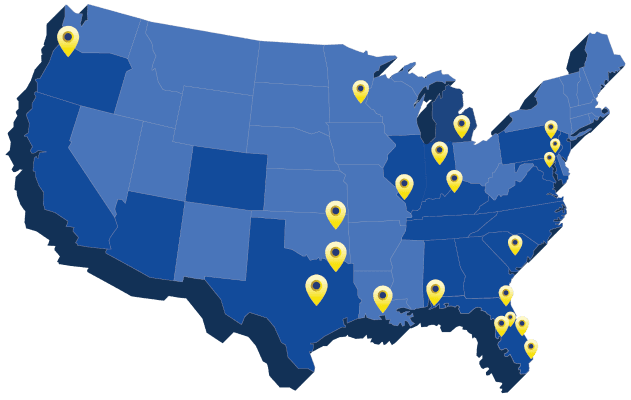
FAQs
It’s how long the surface must stay visibly wet with the product to inactivate C. diff spores. It’s printed on the label under the C. diff directions.
C. diff can live on surfaces for months and sometimes longer, because spores are hardy. That’s why List K detergents and following the correct contact time matters.
Hand sanitizer does not reliably eliminate C.diff. It is highly recommended that you use soap and water. Only keep gel as a backup.
Choose any EPA List K product with C. diff spore instructions and follow the label’s contact time.
Some List K peroxide wipes are labeled for C. diff spores. The key is the label and contact time, not the brand or chemistry alone.
At Spaulding Decon, we professionally disinfect the home before a patient returns from the hospital, paying special attention to high-touch areas such as desks, remotes, light switches, and other frequently handled surfaces. This level of cleaning is performed by our trained professionals.
Set your washing machine to the hottest safe water. Add bleach if the fabrics allow for it. Dry completely. Lastly, wash your hands after handling
Compassionate Help, 24/7
If you want support, our trained teams can step in with a clear plan, the right chemicals, and provide post-clean verification. We’ll follow your preferences, protect your privacy, and keep communication simple and kind.
Need help now? Call us 24/7.

